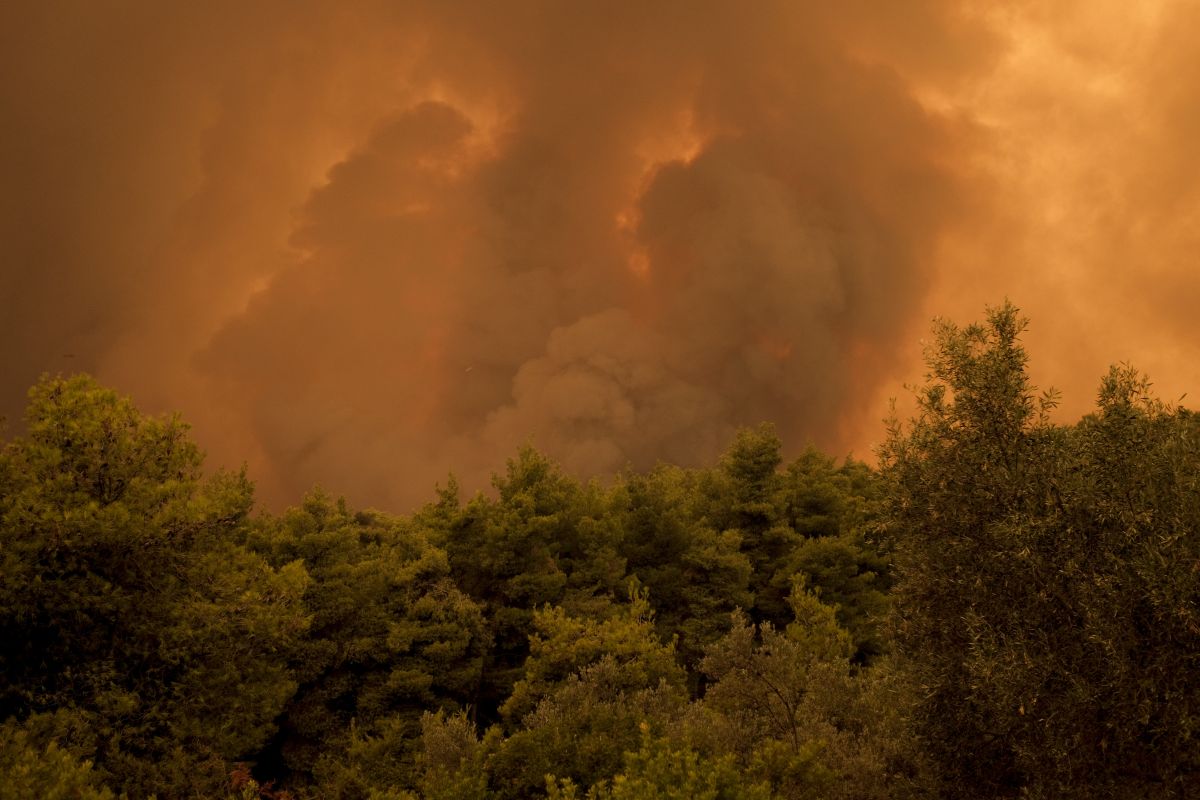Australian firefighters are on high alert for the possibility that scorching temperatures and strong winds could whip up new bushfires on Thursday, coming after rain brought welcome respite to fire-ravaged areas.
The blazes have been followed by extreme weather — including intense storms that have battered parts of Australia with giant hail, floods and landslides — that has hampered clean-up operations in some areas.
Heavy rainfall has helped to contain and, in some cases, extinguish long-running blazes but an expected return to searing heat and gusting winds Thursday was flagged as a cause for concern as dozens of fires continued to burn.
Temperatures will tip above 40 degrees Celsius (104 degrees Fahrenheit) in parts of the country — including in Australia’s biggest city, Sydney — while wind gusts of up to 90 kilometres per hour (55 miles per hour) are forecast in some areas.
New South Wales Rural Fire Service commissioner Shane Fitzsimmons said firefighters were on “heightened levels of alert”, with bans on lighting fires in place across much of the state amid predictions of “severe” fire danger.
On January 19, Australia forecaster warned of severe storms to hit the bushfire-hit state of Victoria, which could lead to flooding.
Earlier on Sunday, at least 14 fires were still burning in Victoria.
The death toll climbed to 28 in Australia due to the raging bushfires that have ravaged the country since September 2019.
Rain and cooler temperatures in recent days have helped firefighters contain the dozens of active blazes in Victoria and New South Wales, the most-affected state, where 20 casualties have been recorded.
About 4,000 people in the town of Mallacoota in Victoria headed to the waterfront after the main road was cut off.
The impact of the bushfires has spread beyond affected communities, with heavy smoke engulfing the country’s second-largest city Melbourne and the national capital Canberra. Some government departments were shut in Canberra as the city’s air quality was once-again ranked the world’s poorest, according to independent online air-quality index monitor Air Visual.
Earlier, hundreds of Australians were arrested for deliberately starting the devastating bushfires since September.
Prime Minister Scott Morrison had said, “This is taking a very heavy toll,” adding to it that more than 1,500 homes lost to fires across the country since September.
The months-long crisis has sparked renewed calls for Australia’s conservative government to take immediate action on climate change, with street protests urging Prime Minister Scott Morrison to reduce the country’s reliance on coal.
And a January poll released this week found the environment has soared to the top of Australians’ concerns, with 41 percent of people polled by market research firm Ipsos ranking it as the most important national issue for the first time.
While Morrison has now reluctantly acknowledged the link between the bushfire disaster and a warming planet, he has stopped short of announcing any sweeping new measures to address to cut emissions.
(With inputs from agency)











